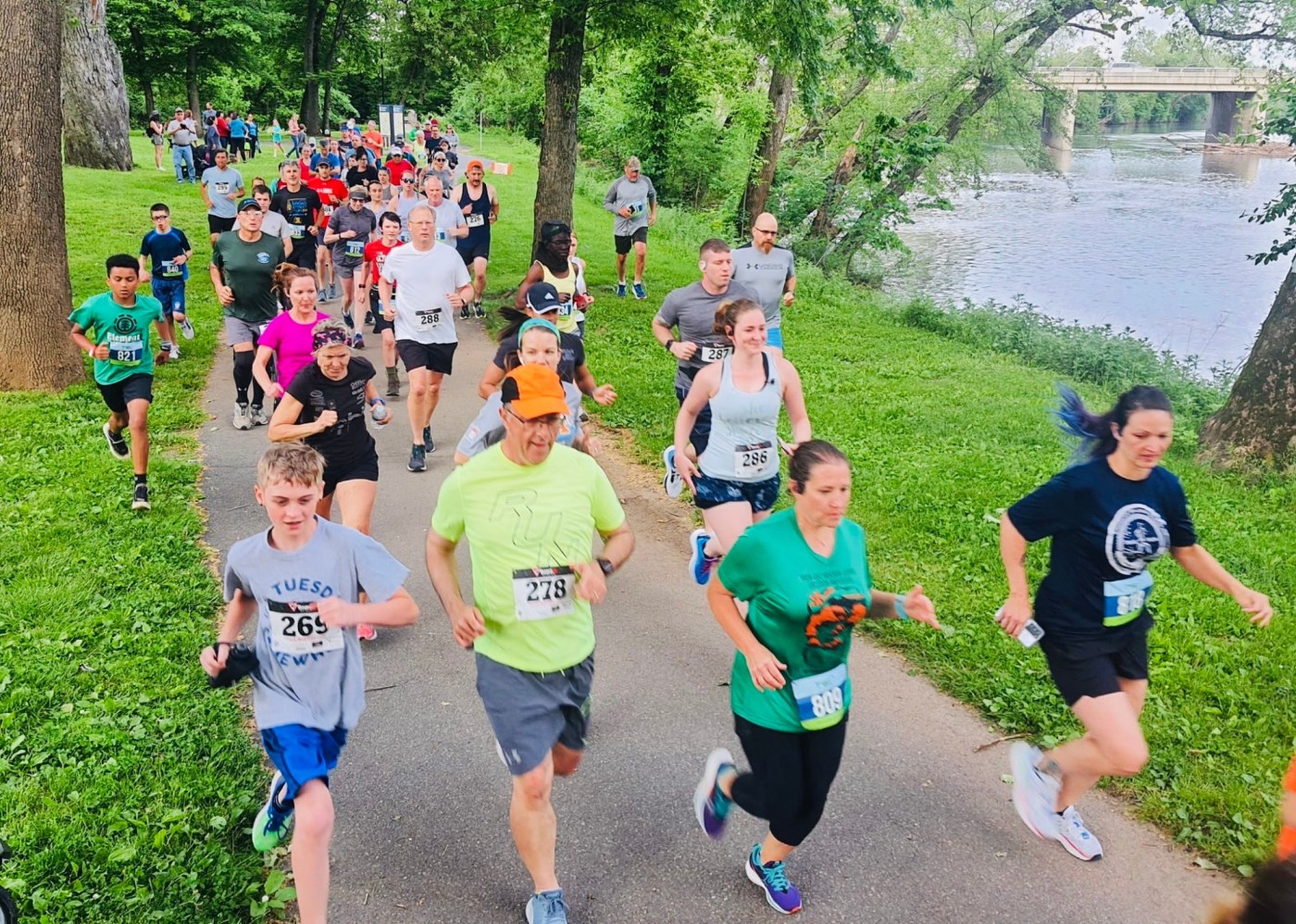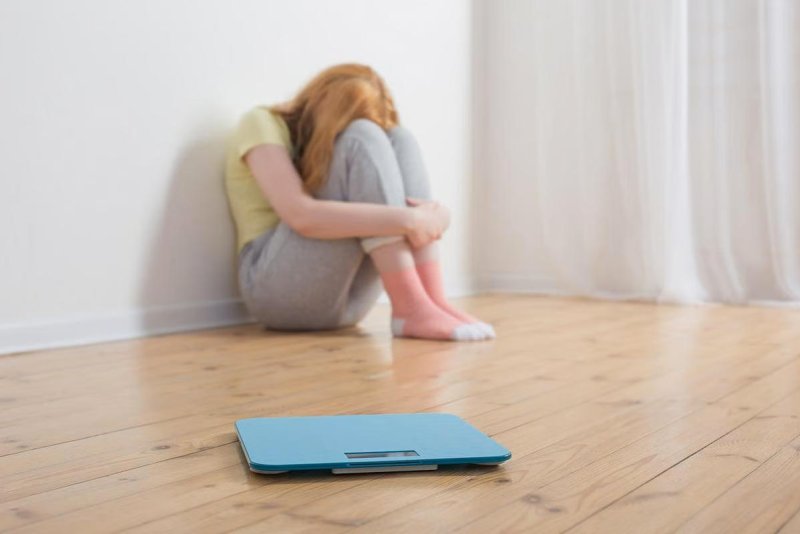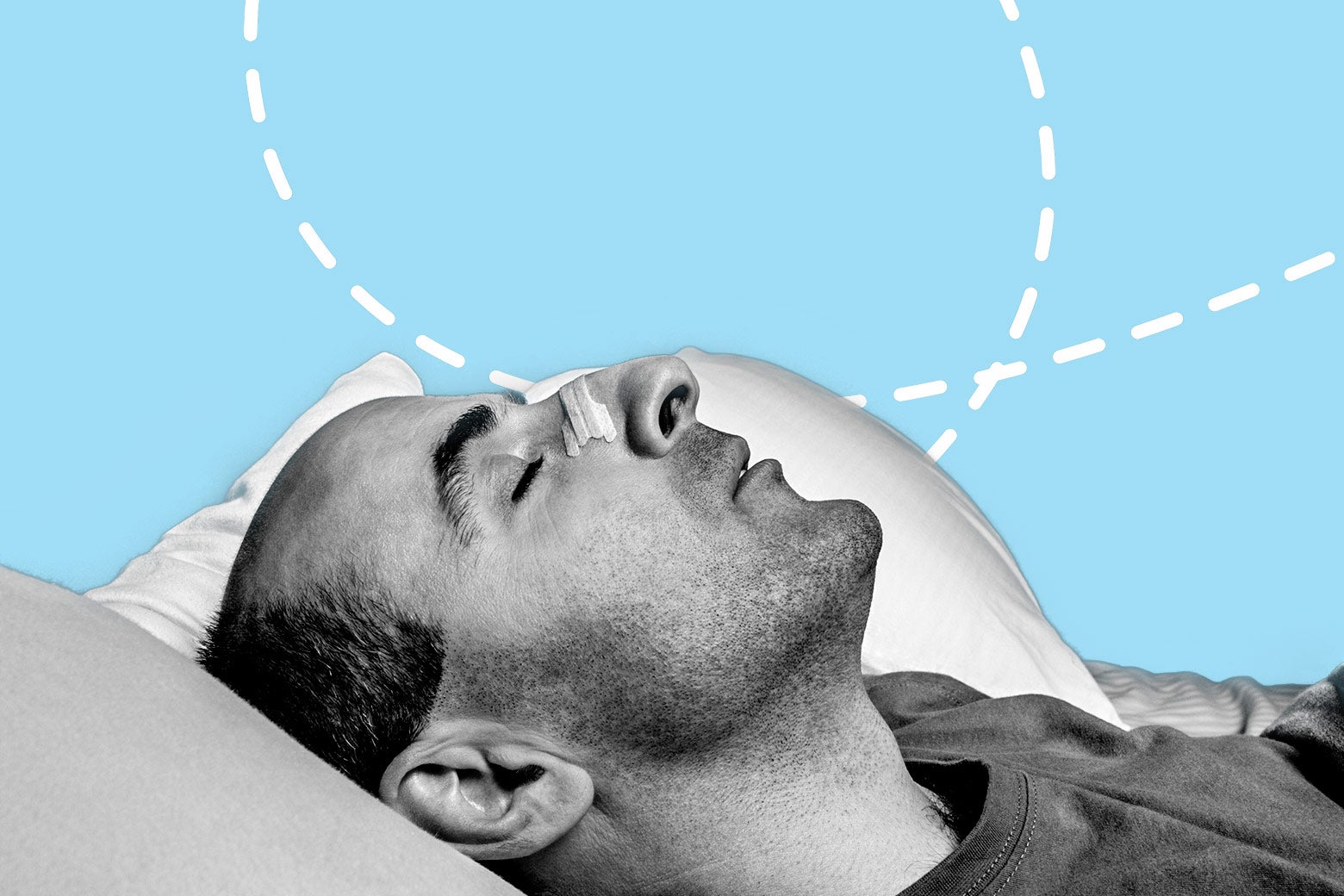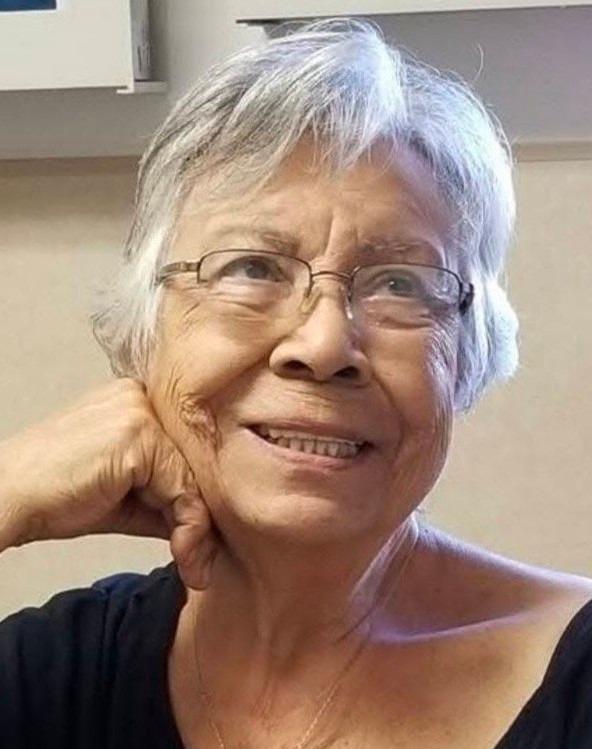Many individuals experience back pain, but for some, it can become a debilitating condition. Mona Charen, policy editor of The Bulwark, reflects on her journey toward relief from chronic back pain, which has significantly impacted her quality of life. As the holiday season approaches, she shares her gratitude for being pain-free and offers insights that may resonate with others facing similar challenges.
Back pain is the leading cause of disability worldwide. According to the National Institutes of Health, approximately 80% of Americans will encounter low back pain at some point in their lives, with about 26% suffering from it at any given time. Charen notes that while her experience may seem trivial compared to larger political issues, the personal struggle with back pain is profound and warrants attention.
For decades, Charen endured frequent episodes of back spasms, which left her in excruciating pain. She describes moments when even simple actions, like rolling over in bed, became agonizing. Despite medical evaluations revealing normal spinal structures, the unpredictable nature of back pain baffled her and medical professionals alike.
The challenges of living with back pain are not merely physical. Charen recounts needing her husband’s assistance to put on her shoes during painful episodes, highlighting the emotional toll of the condition and the daily struggles faced by those who live alone. Although she sought various treatments, including heat therapy, physical therapy, and over-the-counter medications, lasting relief remained elusive until she discovered a personal trainer who specialized in core strengthening exercises.
Under the guidance of her trainer, Charen gradually learned techniques to strengthen her core muscles, which provided vital support for her lower spine. She notes that while her experience may not apply to everyone—particularly those with serious underlying conditions—many individuals without such complications could benefit from similar interventions. The exercises not only alleviated her back pain but also improved her overall strength, balance, and stability. Remarkably, it has been three years since she last suffered a significant episode.
The financial burden of back pain is substantial. Charen points out that it contributes to approximately $250 billion in healthcare costs annually in the United States alone. As the holiday season approaches, she expresses relief at being able to prepare for Thanksgiving without the fear of triggering another painful episode while lifting heavy items or rearranging furniture.
Research supports the effectiveness of core strengthening exercises in managing and preventing back pain. Programs such as Pilates, which focuses on core strength, have shown promise in helping individuals navigate their pain. Additionally, Charen recommends exploring the work of spine specialist Robin McKenzie, whose books provide accessible guidance on managing back health.
In sharing her personal journey, Charen aims to offer hope and encouragement to others who may be struggling with similar issues. The pursuit of relief from back pain can feel daunting, but her experience underscores the importance of finding the right support and interventions. As she prepares to celebrate Thanksgiving, her gratitude extends beyond the absence of pain; it encompasses the newfound strength and resilience gained through her journey.
In a world where back pain is prevalent, Charen’s story serves as a reminder of the potential for recovery and the value of seeking effective solutions. Her message is clear: while the complexities of life and politics often dominate our thoughts, personal health and well-being are equally deserving of attention and gratitude.







